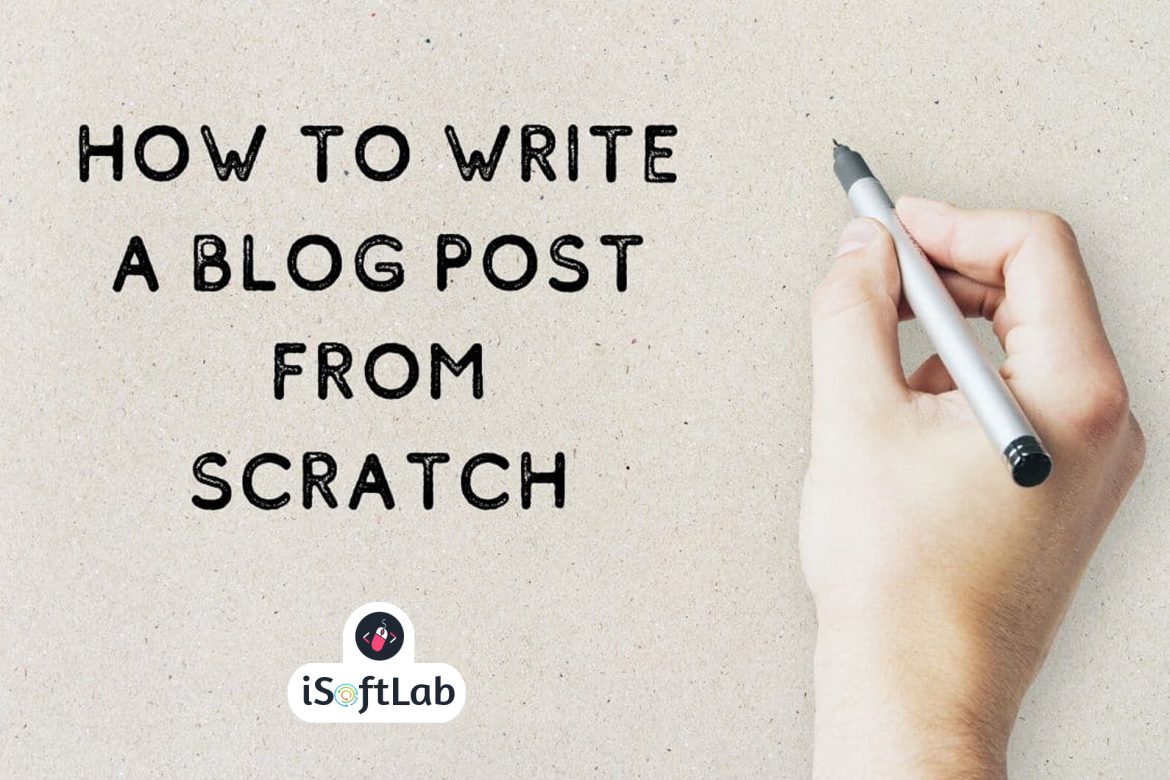Writing a blog post is a little like driving; you can study the highway code (or read articles telling you how to write a blog post) for months, but nothing can prepare you for the real thing like getting behind the wheel and hitting the open road. Or something…
They have a system and structure for blogging.
While the structures vary, they all some form they follow. So what does this look like, exactly? How do you write a great blog post every single time? Depending on the focus of your blog and your personality, your approach may be slightly different, but do observe that the most powerful blog posts typically have four important elements. Here they are:
1. An attention-grabbing headline
A good blog post is about one topic, one story, one idea. Not 57. Not 101. Just one. Before you begin blogging, figure out what you want to write about. Choose a mock headline to give yourself some structure (you can always change it later), and start writing.
Good titles are interesting, descriptive, and engaging. It should read like a magazine headline or a TV newsflash, daring the reader to click the link. (If you need help, read this post: “5 Easy Tricks to Help You Write Catchy Headlines“.)
This is the first thing your readers see — and the only thing, if you don’t do it right. Take time crafting a great headline. This is the first step (and the last) before you hit “publish.”
2. A captivating lead paragraph
You know how much first impressions matter, right? So why aren’t you writing like it? Why are you wasting readers’ time with frivolous details and silly little anecdotes?
When it comes to the Internet — when people’s attention spans are even more limited than with print — your opening paragraph is crucial. Don’t blow it. Journalists know this. It’s ingrained in them. “Don’t bury the led,” they say. If you don’t hook your readers immediately, you will lose them forever.
Start off with a quote, a question, or a bold, audacious statement. You only have one shot. Make it count.
3. Interesting supporting points
This is the body of the article. It’s the “meat” of the post — what will back up your main topic or argument.
Every story you tell or idea you share needs to have supporting rationale, something the readers can sink their teeth into. They don’t all need to neatly fit into a three-point argument or a seven-step process, but you can’t be all over the place.
Consider what you want to say and how you will back it up. A great way to organize is to make a list of bullet points. Then, write the body of the post using these as your main sections (if appropriate turn the points into subheads, like I did with this post).
If your blog post is a road, these points are the street signs leading your reader to the end.
4. A compelling call-to-action
If you’ve hooked your readers’ attention with a good title, drawn them in with an interesting lead paragraph, and then led them through with compelling points, now you need to wrap it up.
Don’t be vague. You don’t want your audience wondering why they bothered reading your post in the first place, do you? Give them something to take away.
Want your audience to reflect on a particular idea? To do something? Respond somehow? Whatever it is, be clear about it. It will not just happen. You will get what you ask for. This is the part of the post where you invite your readers to answer a question, leave a comment, or share your post. Make it clear and actionable.
Put it all together
When I write a blog post, I follow each of these four elements, treating them as steps. Here’s how I typically blog:
- Choose a topic and write a headline.
- Write the lead paragraph.
- List a few main points in the body.
- Write your call-to-action.
- Edit and revise. (At this point, I usually revise the headline.)
- Proofread.
- Publish (checking the headline one last time to make sure it still works).


